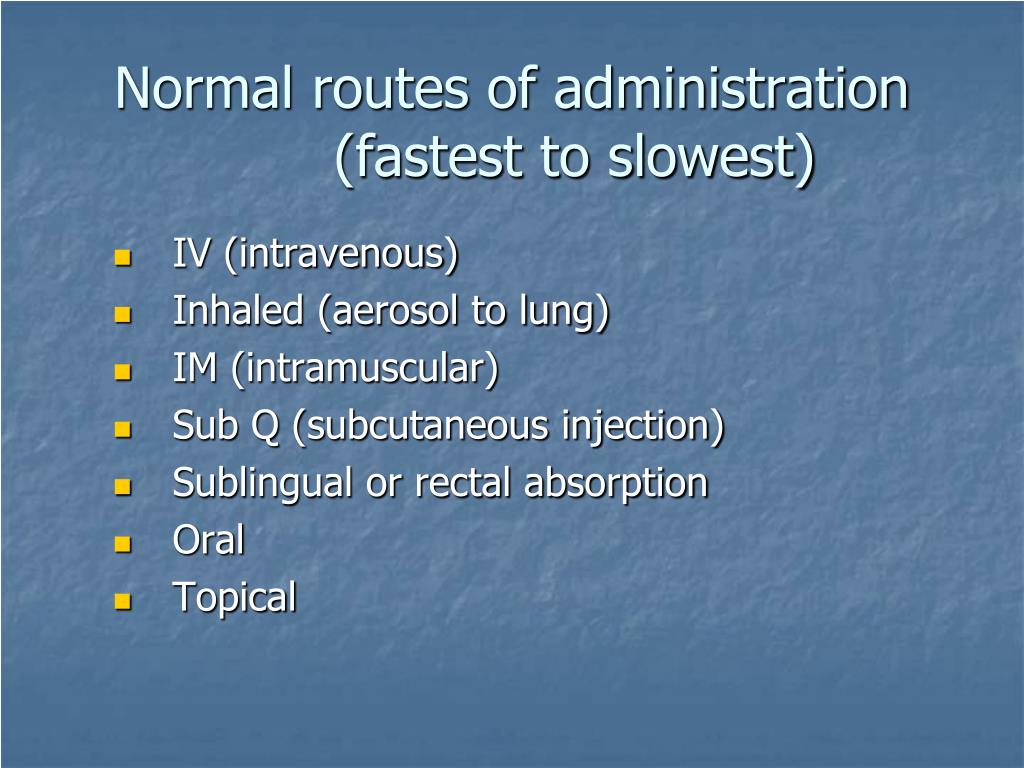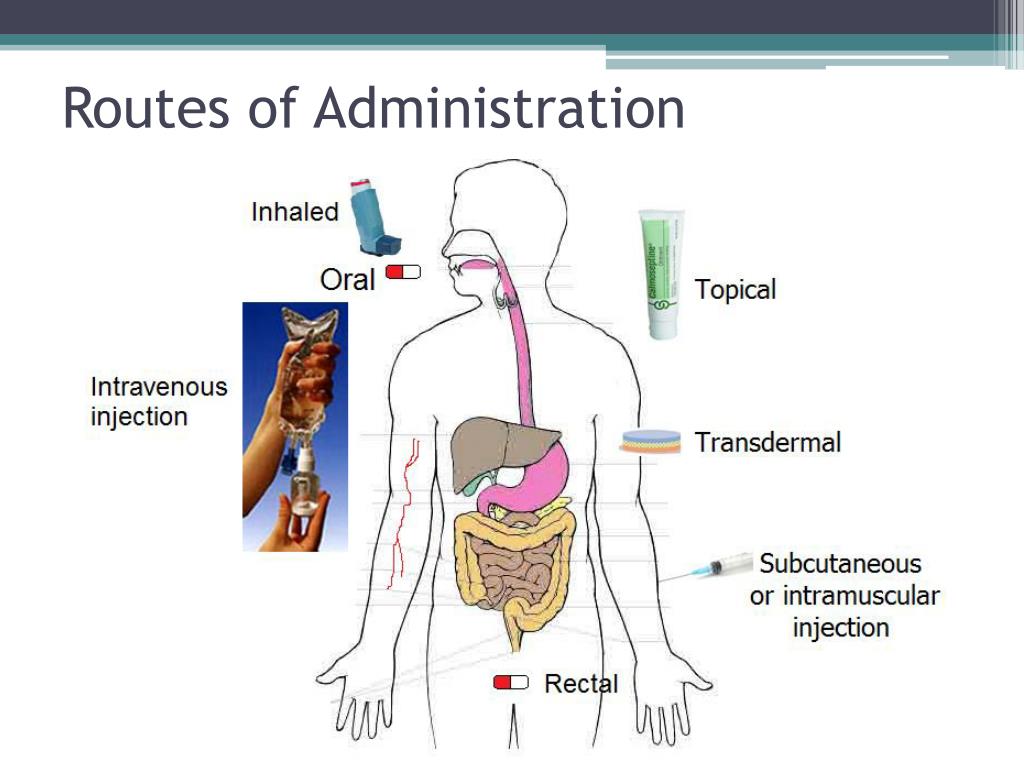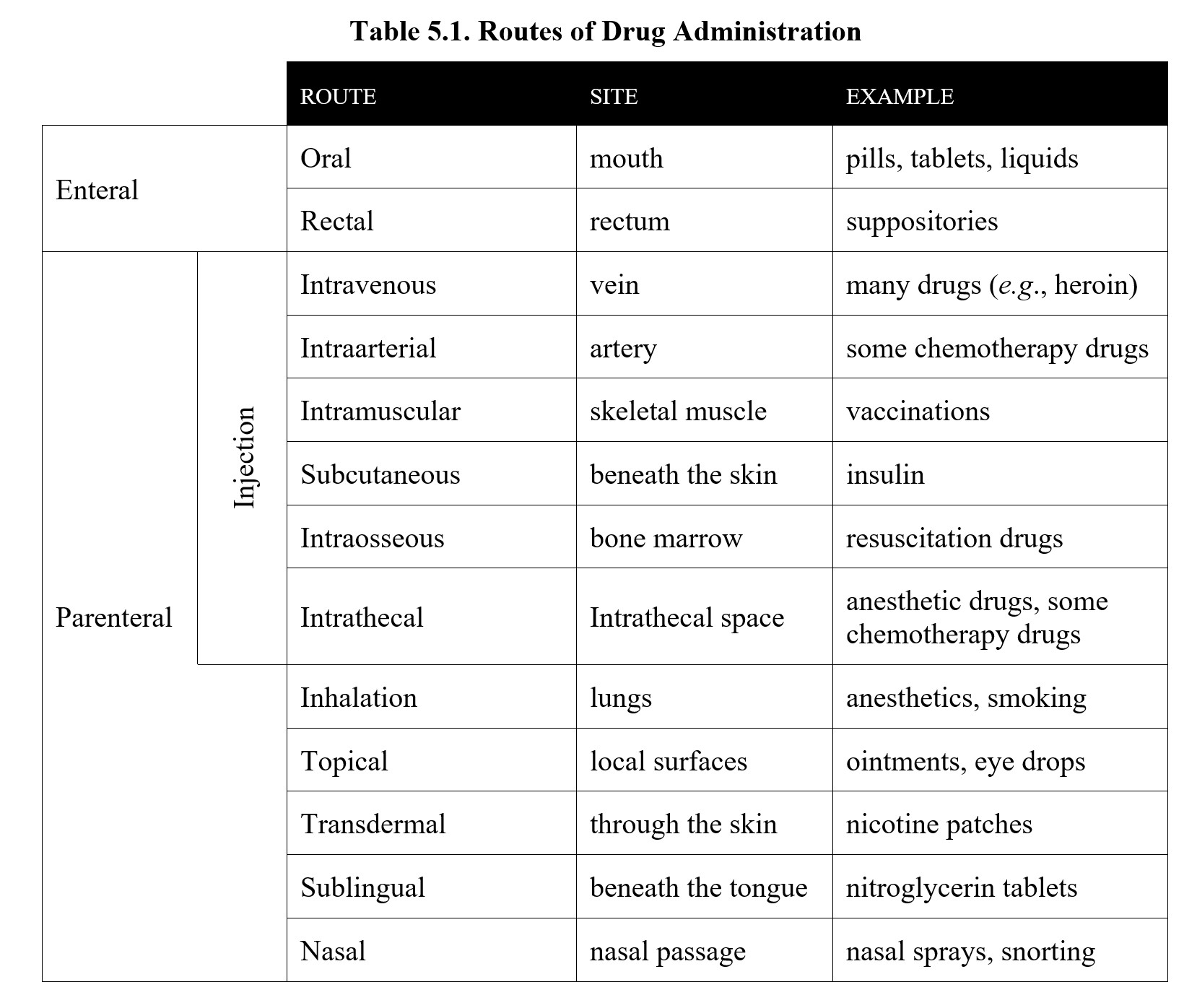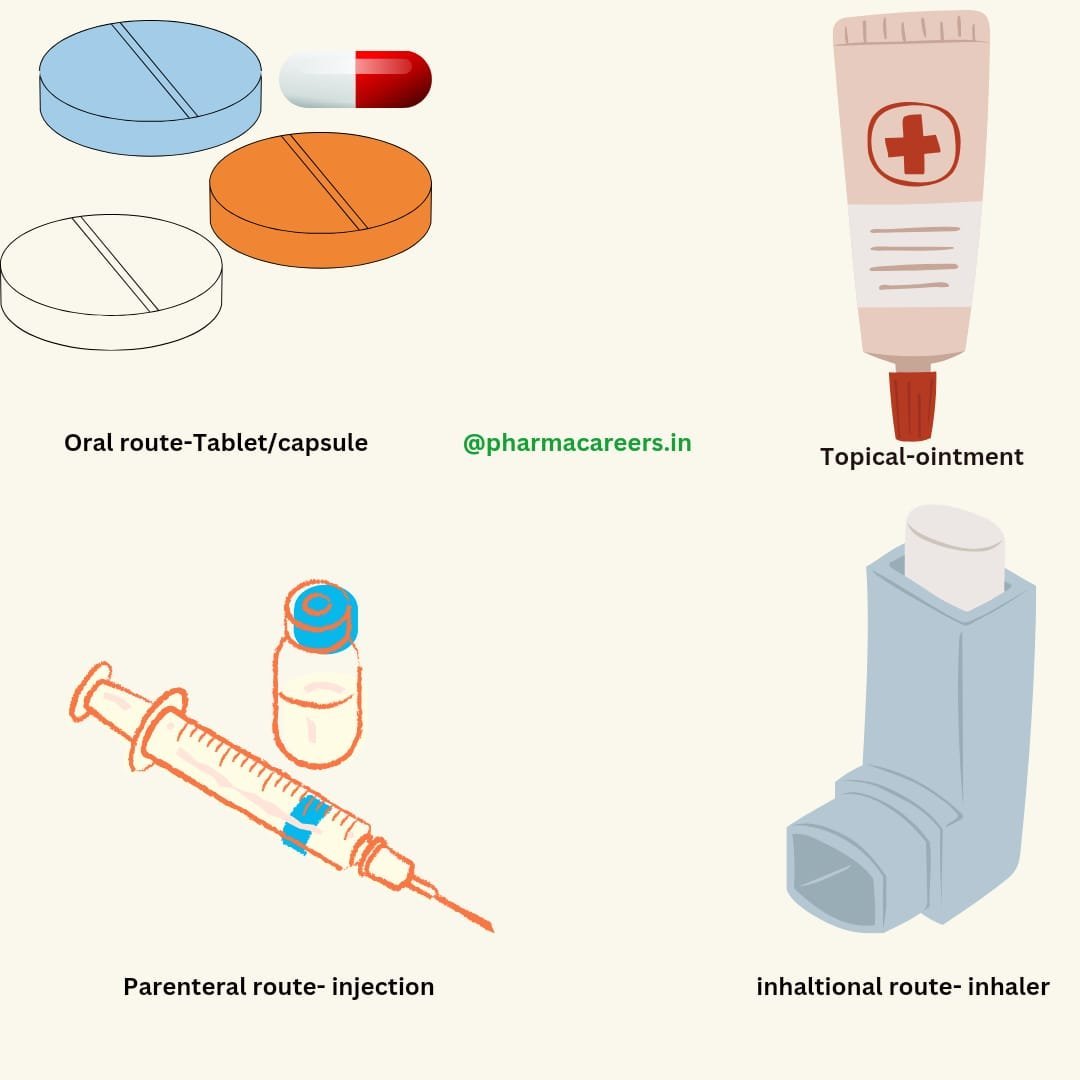Which Route Of Administration Is The Fastest

In critical situations, seconds count: the route of drug administration can be the difference between life and death. Understanding which methods deliver medication fastest is paramount for emergency responders and medical professionals.
This report cuts through the complexities, providing essential data on absorption rates, effectiveness, and clinical applications to pinpoint the quickest routes. We address the crucial question: What is the fastest way to get a drug into the bloodstream?
The Speed Race: Routes of Administration Compared
Several routes exist for administering drugs, each with varying absorption speeds and suitability for different scenarios.
The key contenders include intravenous (IV), intramuscular (IM), subcutaneous (SC), oral, and inhaled routes.
Intravenous (IV) Administration: The Gold Standard
IV administration is widely recognized as the fastest route. It involves directly injecting a drug into a vein.
This method bypasses absorption barriers, delivering the medication straight into the bloodstream, resulting in immediate effects.
Data from the National Institutes of Health (NIH) consistently highlights the superior speed of IV administration in emergency situations where rapid drug action is critical.
Inhalation: A Close Second?
Inhalation offers a surprisingly rapid alternative. Drugs administered via inhalation are absorbed through the extensive network of capillaries in the lungs.
This route allows for quick entry into the bloodstream, nearly rivaling IV in certain circumstances.
For example, inhaled bronchodilators for asthma can provide almost instantaneous relief, faster than oral medications, according to a study in the American Journal of Respiratory and Critical Care Medicine.
Intramuscular (IM) and Subcutaneous (SC) Injections: Slower but Reliable
IM injections involve injecting drugs into a muscle, while SC injections place them under the skin.
Absorption is slower compared to IV and inhalation, as the drug must first diffuse into the surrounding tissues before entering the bloodstream. The World Health Organization (WHO) publishes guides on IM and SC techniques, noting their reliability for sustained drug release.
The rate of absorption depends on factors like blood flow to the injection site and the drug's properties.
Oral Administration: The Slowest Route
Oral administration is the most common but also the slowest. Drugs taken orally must pass through the digestive system.
They are then absorbed into the bloodstream, primarily in the small intestine, and subsequently metabolized by the liver before reaching systemic circulation.
This "first-pass" metabolism can significantly reduce the amount of drug available, delaying its effects, explains a review published in the journal Drug Metabolism and Disposition.
Factors Influencing Absorption Rate
Several factors can influence the speed at which a drug is absorbed, regardless of the route of administration.
These include blood flow to the absorption site, the drug's chemical properties (e.g., solubility), and the patient's physiological condition.
For instance, dehydration can reduce blood flow, slowing absorption from IM or SC injections.
According to a report from the Food and Drug Administration (FDA), proper hydration and healthy blood flow can significantly impact the efficacy of drug delivery.
Clinical Implications and Real-World Applications
Understanding the speed of each route is crucial for effective treatment strategies. In cardiac arrest, IV administration of epinephrine is critical for rapidly stimulating the heart.
For severe allergic reactions (anaphylaxis), an epinephrine auto-injector (IM) provides a faster response than oral antihistamines, though not as fast as an IV injection administered by medical professionals.
Pain management often involves a combination of routes to balance speed and duration of effect; for instance, IV opioids for immediate relief followed by oral medications for sustained pain control.
Conclusion: Prioritizing Speed in Critical Care
IV administration remains the fastest route for delivering drugs into the bloodstream, making it the preferred choice in emergency situations requiring immediate action.
Inhalation offers a viable alternative for certain medications where rapid absorption is needed, while IM, SC, and oral routes provide slower but often more convenient options for sustained drug delivery.
Ongoing research is focused on developing new drug formulations and delivery systems to further optimize absorption rates and improve patient outcomes, according to recent publications from pharmaceutical conferences, like the American Association of Pharmaceutical Scientists (AAPS) annual meeting.


















